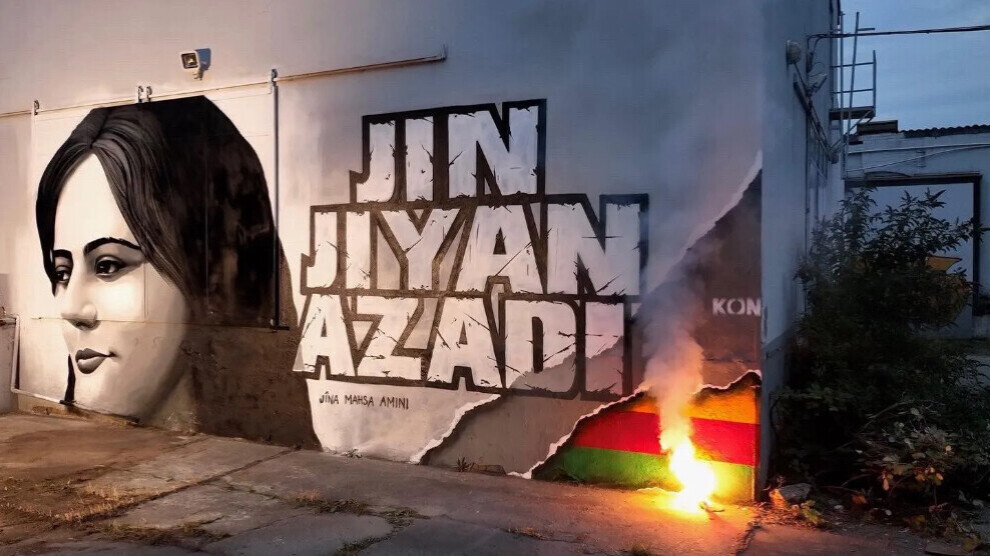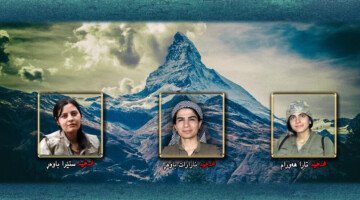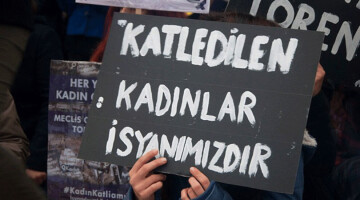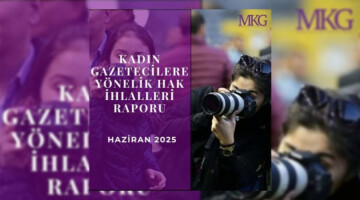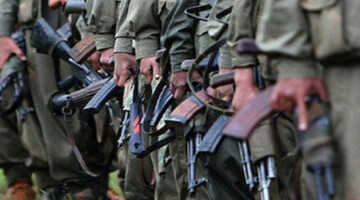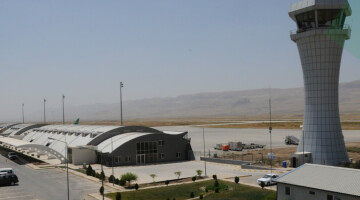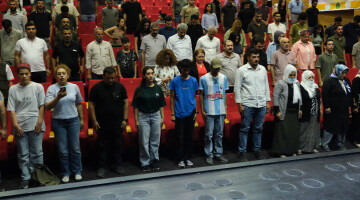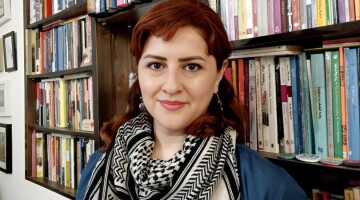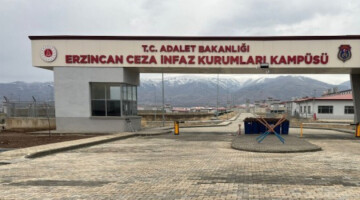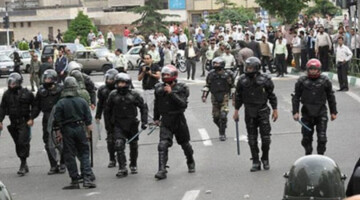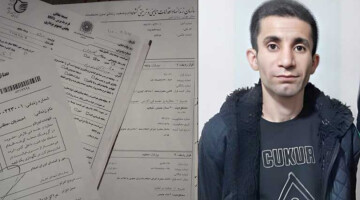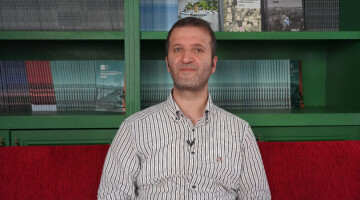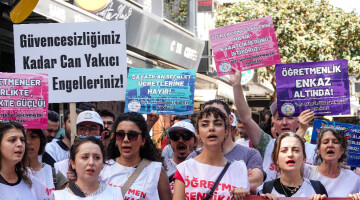The Islamic Republic’s Special Committee to Investigate the 2022 Unrest, established in response to the creation of the UN Human Rights Council’s Independent International Fact-Finding Mission (FFMI), has released its second report.
Iran Human Rights (IHRNGO) stated that the document functions primarily as a political communication tool aimed at improving the image of the Islamic Republic rather than serving as a genuine “research report”.
“It contains misinformation regarding the case of Jina (Mahsa) Amini, misrepresents the nature of the protests, denies the responsibility of state forces, and seeks to shift blame onto media outlets and diaspora groups. These narratives appear designed to justify the state’s violent crackdown on protesters. The report’s framework is entirely government-directed and lacks independence, relying heavily on sources and data provided by the Islamic Republic’s security and judicial bodies.”
Iran Human Rights considers the report to lack legal validity and views it as a further indication of the Islamic Republic’s unwillingness to acknowledge or be held accountable for serious human rights violations.
IHRNGO Director Mahmood Amiry-Moghaddam stated: “The government’s special committee has produced, after two years, a report that not only distorts the truth but also appears aimed solely at exonerating the authorities. This report once again illustrates that under the current system of the Islamic Republic, there is neither an independent mechanism for establishing the truth nor any genuine commitment to accountability. At present, the continuation and expansion of the mandate of the UN Human Rights Council’s Fact-Finding Mission remains the only avenue for the people of Iran to pursue justice.”
The IHRNGO statement refuting the credibility of the report includes the following:
"One of the report’s key claims is the denial of any physical assault on Jina Mahsa Amini—a claim made without releasing all CCTV footage or cooperating with the UN fact-finding committee. The government-controlled forensic report leaves no room for independent verification. Meanwhile, Amini’s family, like many others, have been subjected to threats and arrests, preventing them from freely sharing their account of events.
The report describes the protests as "terrorist operations" and "foreign interference," despite the fact that the demonstrations were widespread, spontaneous, and driven by public outrage against systemic violence against women and structural injustices. The primary perpetrator of violence was the government itself, which resorted to directly shooting protesters to suppress dissent.
The report attempts to shift blame onto foreign entities (such as the United States, media outlets and exiled groups) while failing to acknowledge the government's direct responsibility for the deaths of hundreds of people.
It also claims that many of the victims were killed by "rioters" or "terrorists," contradicting independent sources, testimonies from victims' families, and human rights organsations, all of which confirm that most of the victims were shot dead by security forces.
The report states that 281 people lost their lives, 112 of whom were identified as civilians, while claiming that "25 civilian martyrs" were killed in terrorist attacks. However, Iran Human Rights has recorded and confirmed that at least 551 civilians—including 68 children and 49 women—were killed during the protests.
The total number of injured individuals in the government’s report is listed as 6,308, of whom 5,681 (over 90%) are claimed to be police and security forces. In contrast, Iran Human Rights has documented 138 individuals who suffered facial and eye injuries due to government forces’ pellet gunfire and has shared evidence with the UN FFMI, some of which has already been published. These are only a fraction of those who suffered eye injuries, and even a smaller fraction of all injuries that have been documented.
Despite claiming to investigate citizens' rights, the report completely denies all accounts of sexual assault against detainees, including the case of Armita Abbasi, instead accusing victims of "fabricating lies." The report acknowledges only two cases of sexual assault for which it blames "rogue individuals," stating: "It was determined that they had no organisational or official affiliation with the armed forces and falsely claimed to be law enforcement officers."
The report also references financial compensation paid to families, but various reports indicate that the government attempted to silence victim families by offering financial settlements to prevent them from pursuing legal action. According to reports received by Iran Human Rights, these payments were selective, politically motivated, and conditional on the families remaining silent.
The most significant factor undermining the credibility of this report is the Islamic Republic’s refusal to cooperate with independent bodies such as the FFMI and the UN Special Rapporteur for the situation of human rights. If the government had nothing to hide, it would engage with these international human rights mechanisms."

